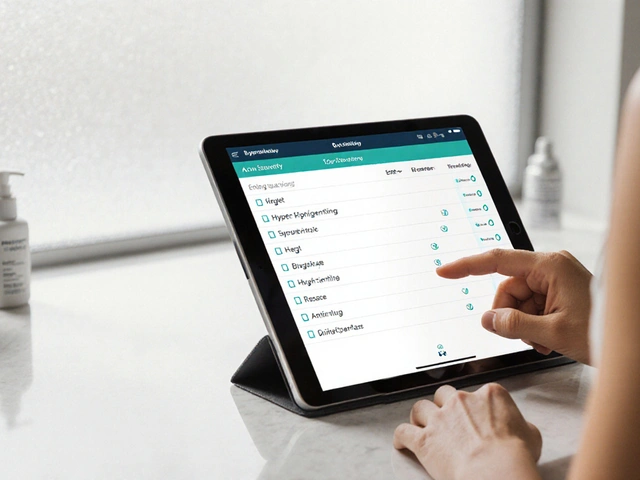Betaine Anhydrous – What It Is and Why You Might Need It
Ever wondered why some athletes swear by betaine? It’s a simple, water‑soluble molecule that your body already produces. In supplement form, it’s called betaine anhydrous and is praised for boosting muscle strength, protecting the liver, and helping keep homocysteine levels in check.
In plain terms, betaine acts like a chemical sponge. It pulls excess water into cells, letting muscles stay hydrated during intense workouts. That extra hydration can translate into a few extra reps, a bit more power, and quicker recovery. Outside the gym, betaine supports a process called methylation, which is essential for breaking down the amino acid homocysteine—a risk factor for heart disease when it builds up.
How Betaine Works in the Body
Betaine’s primary job is to donate a methyl group, a tiny chemical packet, to other molecules. This methyl donation helps convert homocysteine into methionine, a harmless amino acid. Lower homocysteine means better cardiovascular health and smoother DNA repair.
When you exercise, your muscles lose water and electrolytes. Betaine’s osmolyte property pulls water back into the cells, keeping them plump and functional. Studies show that 2‑5 grams of betaine taken before a workout can increase power output by up to 15% and improve squat depth.
On the liver side, betaine helps process fats and reduces the buildup of harmful substances. People with non‑alcoholic fatty liver disease (NAFLD) often see improved liver enzymes after a few weeks of regular betaine supplementation.
Practical Tips for Taking Betaine Anhydrous
Start low. A common dose is 2.5 g taken once a day, preferably with a meal to avoid stomach upset. Some athletes split the dose—1.25 g before training and the rest later in the day. If you’re using betaine for heart health, 3 g spread over the day works well.
Mix it into a shake, juice, or even a cup of coffee. The powder dissolves easily, and you won’t notice a strong taste. If you experience mild nausea, try taking it with a larger meal or reducing the dose by half for a few days.
Check the label. Look for “betaine anhydrous” rather than “betaines” or “Taurine” blends unless you specifically want a combo. Pure betaine gives you the most predictable results and simplifies tracking your intake.
Safety-wise, betaine is well‑tolerated. Most people stay within the 6 g per day ceiling without issues. Rare side effects include digestive upset or a temporary fishy body odor, which disappears when you stop the supplement.
People with kidney problems should talk to a doctor before adding betaine, as excessive methyl donors can affect kidney function. Pregnant or nursing moms should also seek professional advice, though typical doses haven’t shown harm.
In summary, betaine anhydrous is a versatile, inexpensive supplement that can boost workout performance, support liver health, and help maintain healthy homocysteine levels. Start with a modest dose, stay consistent, and you’ll notice stronger muscles and smoother recovery without any fancy gimmicks.






